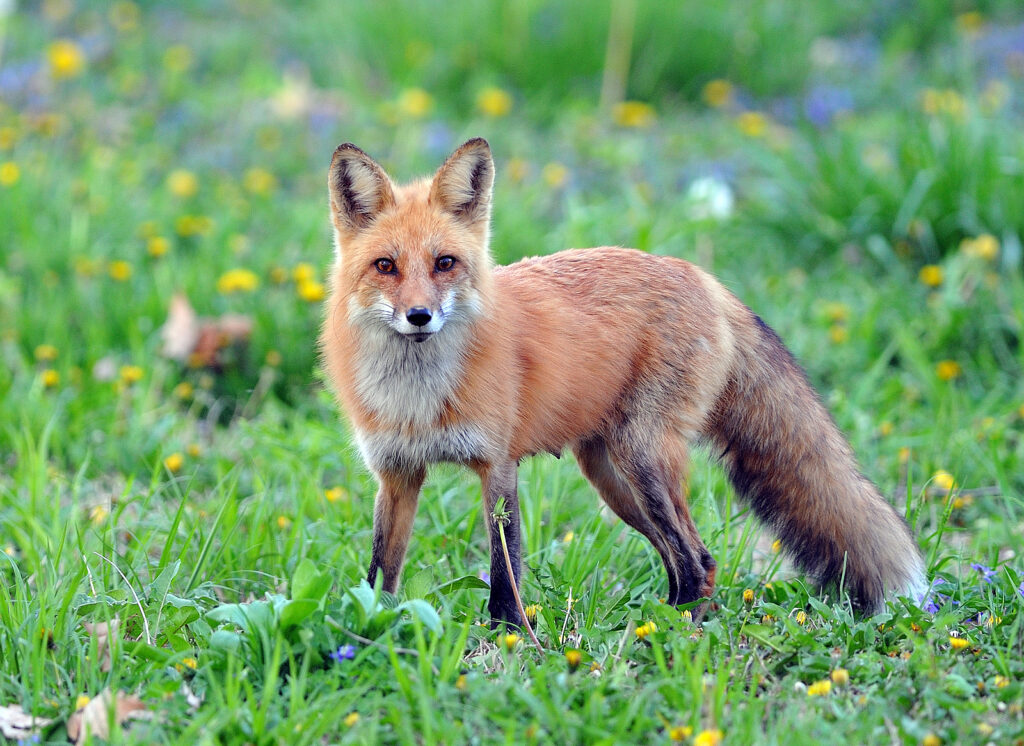Indiana, a state known for its diverse ecology, is home to a wide array of wildlife species. However, their co-existence with human communities often leads to complex challenges. Wildlife control and removal become a necessity when these creatures become a nuisance or pose a threat to the environment and communities.
This blog post delves into these issues, exploring the environmental and communal implications of wildlife problems in Indiana and examining viable solutions that strike a balance between human welfare and wildlife conservation. Stay with us as we navigate through these intricate environmental dynamics.

Indiana’s Wildlife: A Rich Biodiversity
Indiana boasts a rich and diverse wildlife population, housing over 270 species of mammals, birds, reptiles, and amphibians. The state has an abundance of forests, wetlands, lakes, and rivers that provide an ideal habitat for these creatures. Among the most notable are white-tailed deer, raccoons, squirrels, opossums, and rabbits. The state is also home to several protected species, such as bald eagles, wild turkeys, and Indiana bats. However, this biodiversity also poses unique challenges for co-existence with human communities.
The Environmental Impact of Wildlife Problems
The encroachment of human settlements into natural habitats has led to increased interactions between humans and wildlife. This, in turn, has resulted in various environmental challenges. One significant issue is the disruption of natural ecosystems by invasive species. These are non-native animals that thrive in their new environment at the expense of native species. In Indiana, the most prevalent invasive species include feral pigs, European starlings, and mute swans.
Moreover, as urbanization continues to expand, wildlife struggles to find suitable habitats, leading to competition for resources. This leads to a decline in population numbers and even the extinction of some species. The loss of biodiversity can have severe consequences on the environment, disrupting natural processes such as pollination, seed dispersal, and pest control.
Wildlife Problems and Human Communities
Nuisance animal problems also have a significant impact on human communities. One of the most pressing concerns is public safety. As wildlife populations increase, so do encounters between them and humans. This can be especially problematic when dealing with potentially dangerous animals such as bears, coyotes, or even venomous snakes.
Another issue is property damage caused by wildlife. Squirrels and raccoons are known to cause damage to homes and gardens, while deer and geese can damage crops. This not only leads to financial losses for homeowners and farmers but also disrupts the balance of ecosystems.
Moreover, nuisance wildlife problems can have negative effects on human health. Raccoons, bats, and skunks are known carriers of diseases that can be transmitted to humans through bites or contact with their feces. Additionally, the presence of wildlife can attract other pests, such as ticks and fleas, which can also pose health risks.
Finding Solutions: Wildlife Removal and Control
To address these challenges, it is crucial to find solutions that mitigate the negative impacts of wildlife while promoting coexistence. One approach is wildlife removal, where trained professionals trap and relocate animals causing problems. This method ensures the safety of both humans and animals, as well as prevents harm to the environment.
Another solution is implementing wildlife control measures, such as installing deterrents or modifying habitats to make them less attractive for certain species. For example, using fencing to keep out deer or placing screens on chimneys to prevent raccoons from entering homes.
Furthermore, education and awareness play a crucial role in minimizing wildlife problems. By understanding how to coexist with wildlife and taking preventative measures, individuals can reduce potential conflicts.
The Takeaway
Indiana’s diverse wildlife population enriches the state’s environment and communities. However, it also presents unique challenges that require careful considerations and solutions. By addressing these issues proactively through methods such as wildlife removal, control, and education, we can promote responsible coexistence and protect the environment for future generations. Let’s work together to find a balance between human needs and wildlife conservation in Indiana.
If you are dealing with nuisance animals on or around your property, act now before the damages can pile up. Contact Modern Wildlife Control at 317-847-6409 for prompt and professional 24 hour critter control in Indianapolis, Indiana for moles, beavers, bats, raccoons, squirrels, birds, and more.
Related Posts:
11 Tips for Humanely Controlling Indiana Wildlife
How to Tell if You Have Nuisance Animal Problems
Where Do Animals Go in the Winter in Indiana?
